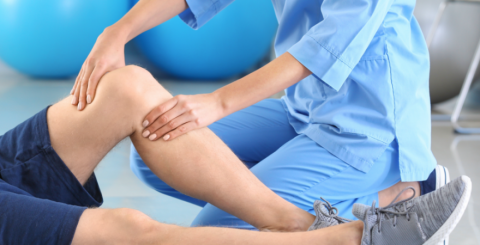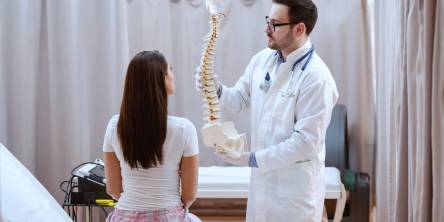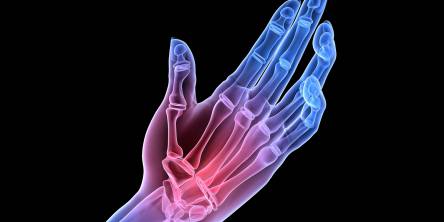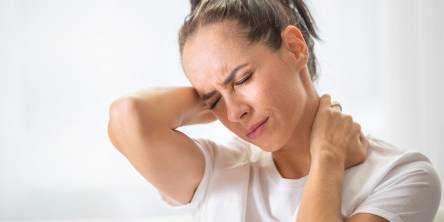Physical Therapy for Lower Back Pain

Lower back pain is like a storm gathering over the horizon all day. The dull discomfort, the throbbing feeling, and the stiffness all add up until, like a thunderclap, it explodes into full-fledged pain. It penetrates your whole body, removing choice and control. Your mobility is restricted, making daily tasks difficult, and if not addressed, it can cause permanent damage.
When you have back pain, relaxing on the sofa all day might be tempting. However, that is a prescription for additional pain. Getting up and moving may be the last thing you want to do, but physical therapy and exercise might be the most effective ways to relieve pain.
Understanding the causes of lower back pain
Lower back pain can be caused by several factors, including mechanical issues, improper posture, trauma, and overuse. It can also develop as a result of several medical disorders, such as arthritis, degenerative disc disease, sciatica, and spinal stenosis.
It's important to determine the root cause of your pain before starting any treatment. Medical practitioners are skilled in identifying and diagnosing the underlying cause of your disease, allowing them to create a tailored treatment plan that addresses your specific requirements. This treatment plan may involve a referral to a physical therapist, where you can learn methods for relieving lower back pain. If you search "physical therapy near me," be sure to choose an experienced and qualified specialist.
How is it diagnosed?
Your physical therapist will carry out a thorough evaluation and physical examination that includes:
- A review of your medical history
- Questions regarding your specific symptoms
- Evaluate the quality and quantity of your movements (physical therapists can also address any movement patterns that may put you at risk for a delayed recovery)
- Conducting tests to detect any indications or symptoms of a significant health concern, such as fractured bones or cancer
- Assessment of how you use your body at work, at home, in sports, and for recreation
Imaging techniques, including X-rays, CT scans, and MRIs, are ineffective for the majority of low back pain cases. Patients typically find it disappointing when imaging studies fail to show the underlying cause of their back pain.
What happens during physical therapy for back pain
Most physical therapy sessions begin with an evaluation to determine muscle strength, flexibility, and range of motion. Your PT will assess how you move, speak with you to understand how your pain restricts you, and identify any weaknesses that may be contributing to the problem. They'll then develop a unique, customized treatment plan suited just for you utilizing numerous strategies, including:
Strengthening exercises
Pain in the lower back is frequently attributed to poor posture or movement patterns, in which specific muscles must compensate for other muscles that are not being used effectively. A physical therapist will demonstrate how to perform exercises to strengthen your spine and the muscles around it.
Manual therapy
A physical therapist may use several types of approaches, such as passive soft tissue mobilizations, joint mobilizations, dry needling, and other procedures, to help reduce impairments in joints, tendons, ligaments, and muscles.
Education and training
A physical therapist can help you modify your movement patterns or change actions that place undue strain on your back, allowing you to avoid future back pain. A physical therapist, for example, will examine your sitting, lifting, and walking techniques and teach you how to do these in a safer, more efficient manner in order to keep you healthy and injury-free in the long run.
What should you stay away from if you have back pain?
While each patient's situation is unique, there are some general guidelines. The main concept is to avoid any painful exercises. Proper activities should relieve discomfort rather than create it. It can be tough to distinguish between muscular soreness from working out and pain caused by injury—here is where an experienced physical therapist can help you and ensure that the exercises are appropriate for your circumstances. People who have back pain in specific areas should avoid doing things that will aggravate their pain.
Similar Articles
Veins on the skin that produce swelling may indicate varicose veins. Varicose veins are a vein disorder, and their role is to return blood from the leg to the heart. The specific cause of varicose veins, a prevalent condition, is unknown.
A healthy spine is the foundation of a functioning body. It supports your frame while allowing you to bend, flex, and move more freely. However, most people neglect the importance of spine health until they have a back condition.
Whether you're having trouble moving body parts or experiencing worsening joint discomfort, an orthopedic doctor can help. They can treat anything from a minor strain to complex treatments such as shoulder replacement. The appropriate treatment from an orthopedic expert at the right time might relieve your pain and improve your symptoms in less time.
When it comes to trauma, professionals in the mental health sector readily admit that no single style of therapy or intervention is appropriate for every case or individual.
Rheumatoid arthritis (RA) is a type of autoimmune disease that occurs when the body's immune system attacks the lining of joints, causing inflammation and causing symptoms like pain and stiffness. RA usually affects both sides of the body in a similar way, but small joints of the hands and feet are often affected first, often knuckle joints of the fingers.
An electroencephalogram (EEG) is a test that measures the electrical activity in the brain. Healthcare experts utilize it to evaluate and comprehend neurological illnesses, sleep disorders, and brain damage.
So, your back decided to stage a mutiny and gift you with a herniated disc. Lovely. Now what? If you’re imagining a future filled with endless discomfort and groaning every time you get out of bed, don’t fret. There are plenty of ways to tackle a herniated disc and get back to living your best, pain-free life.
Back pain – it’s not just a matter of “I lifted a heavy box, and now my back hurts.” It’s often the result of a complex dance between our minds and bodies, with stress, anxiety, and emotions playing lead roles. If you’ve ever woken up with a stiff back after a tough week or felt your spine twinge just from reading a long email chain, you’re not alone.
Chronic pain is a medical problem that affects many people around the world. Unlike acute pain, which is a short-term response of the body to tissue damage, chronic pain lasts longer, often without obvious physical damage. It can last from several months to several years, and its consequences can affect all aspects of a person's life









